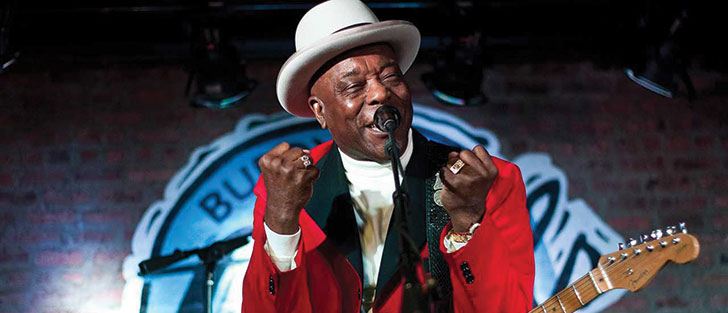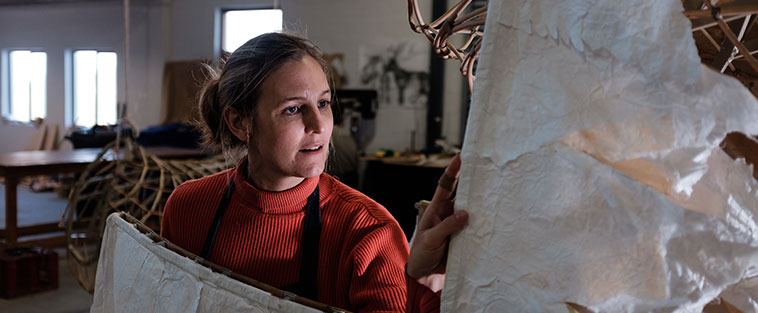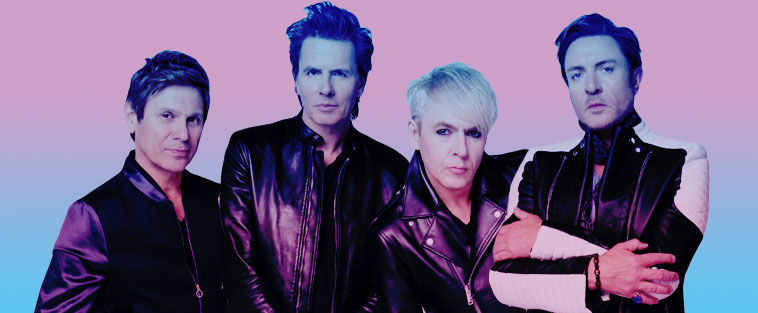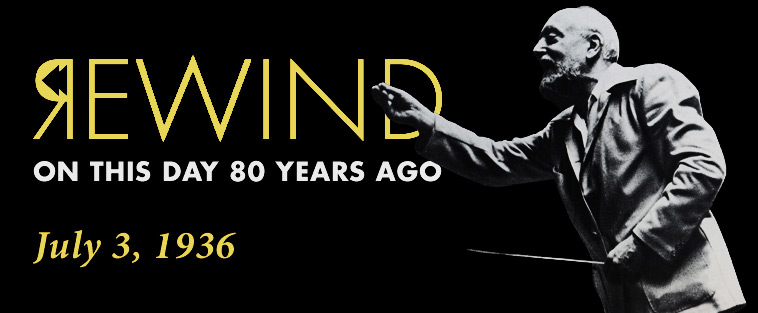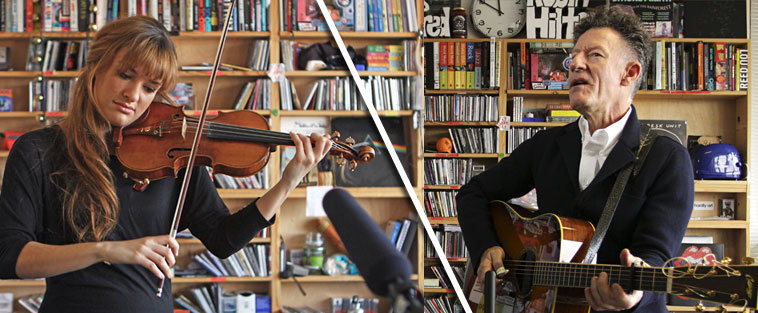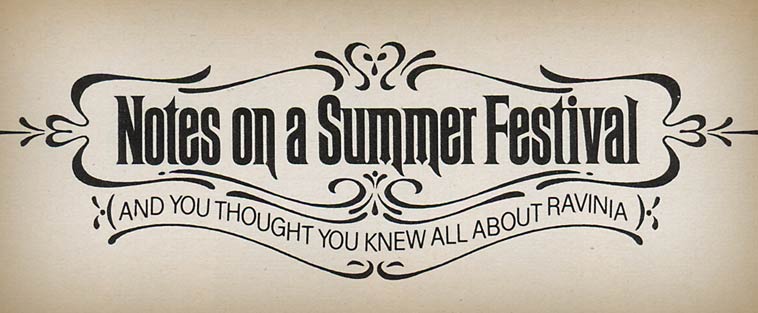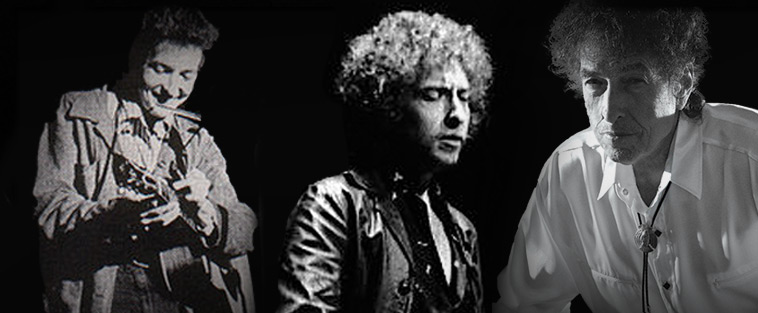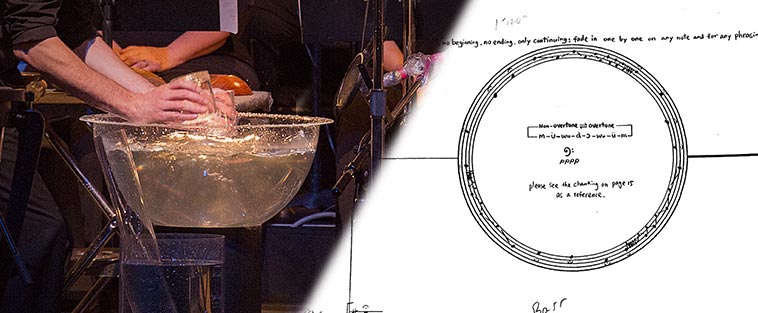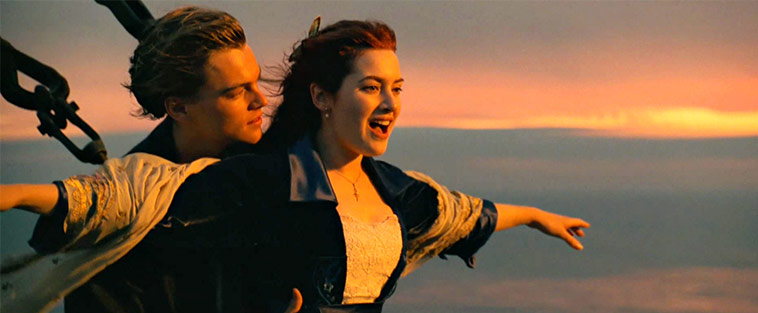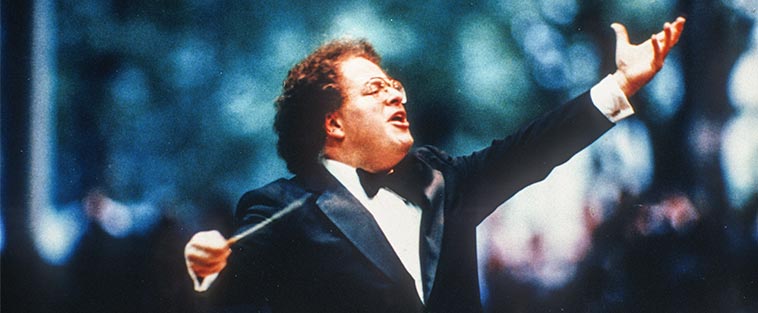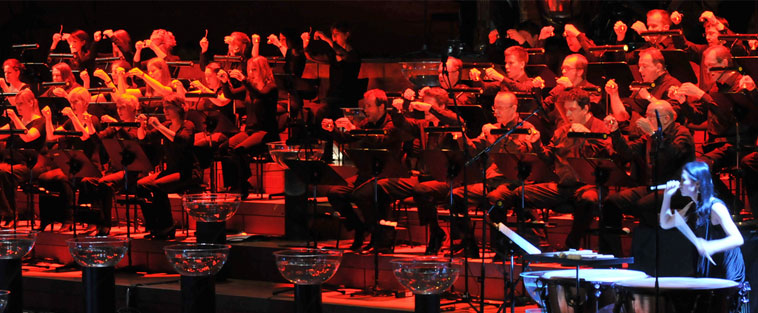
The past few weeks have been marked by some terrific performances here at Ravinia! On our lawn, we’ve seen some impressive picnic spreads, great 4th of July themed parties, life celebrations, plenty of Cornell-heads, Durannies, and so many more! We also welcomed the Chicago Symphony Orchestra back as part of its 80th summer residency anniversary. In Part 2 of our “Season So Far” blog series, we’ll show you a sampling of what’s been happening in our gorgeous park this month.

